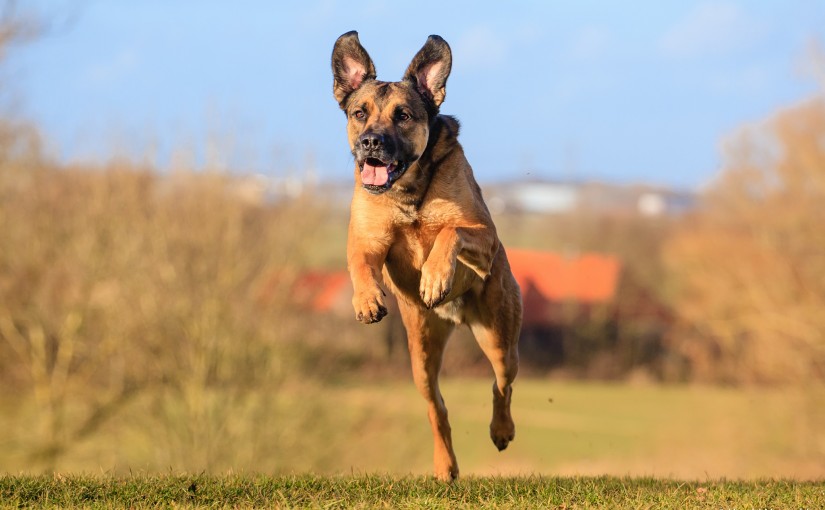If you have a dog, the following scenario is likely familiar to you:
You come home from a long day at work and open the door to your home, and are greeted by the high energy of your dog, who rushes to the door and jumps up to greet you.
Perhaps you enjoy this effusive greeting, taking it as your dog’s happiness that you are home. But over time, it’s likely become a source of frustration for you, especially if your puppy has grown into a large dog.
Even worse, your dog exhibits the same behavior to guests, and most of them (understandably) don’t appreciate it at all.
Why do dogs jump on people?
Dogs communicate differently than us, so it’s not uncommon for a behavior to mean something very different to dogs than it does to their owners. In fact, your dog’s jumping behavior is not the elated “welcome home” that most of us believe it to be.
Your dog’s jumping could be caused by a couple different root causes:
- Your dog believes it is the leader
When a dog jumps, it is asserting dominance as the pack leader. When it jumps on you, it is asserting dominance over you. When you don’t fill the leadership role strongly and consistently, your dog senses that. Instinctively, it has a need to provide that leadership itself. - Your dog is exhibiting anxious energy
What do you do when you’re nervous? Pace around or fidget? Your dog’s jumping may be a similar response, rooted in anxiety or a simple excess of energy.
How can I stop it?
Fortunately, regardless of what’s causing your dog’s jumping, the way to stop it is the same.
First, stop reciprocating your dog’s jumping with affection. When you do this, you tell your dog this behavior is good and is being rewarded. Worse, if your dog is anxious, you are telling your dog this is an emotional state you want it in, and creating a cycle of anxiety for your dog.
Then, re-establish yourself as the pack leader by exhibiting a calm, positive, and authoritative demeanor when you come home. Don’t give your dog attention until it is calm, too—just go about your business as if it isn’t there without touching, speaking to or make eye contact.
It will also help to give your dog more exercise on a consistent basis—this will help it manage that extra energy.
By following these simple steps, you’ll be communicating with your dog in a way they can understand, while giving them the security of a strong leader and affirming a healthy, calm and happy state of being. In short, in addressing the behavior problem of jumping, you will also create a happier life for your dog by tackling the underlying problems.

Leave a Reply
You must be logged in to post a comment.